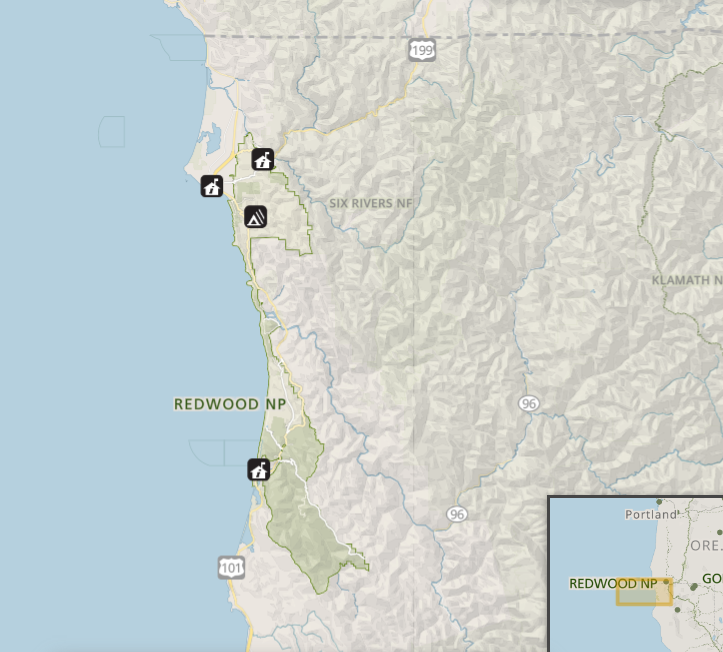
USGS Investigators: Collin Eagles-Smith
NPS Investigators: Andrew Morin
| 2023 | 2024 |
|---|---|
| $75,000 | $75,000 |
NPS Park: Redwood NP
USGS Center: Forest and Rangeland Ecosystem Science Center
States: CA
Redwood National Park staff, USGS technical experts, and Yurok tribal partners need to understand the source and extent of mercury (Hg) contamination in the lower reaches of Redwood Creek. This information is critical to have a better understanding of the potential consequences of a proposed Army Corps of Engineers levee modification project and to inform park management of the state of lower Redwood Creek and its aquatic and riparian resources.
The rehabilitation of the Redwood Creek estuary has long been a goal of the park, private landowners, the Yurok tribe, and State and Federal fisheries agencies. Planning for the estuary’s rehabilitation began back in the 1980s as park staff and partners began developing restoration alternatives. Currently a potential levee modification project is under consideration which would include restoring the main channel flow to the South Slough of Redwood Creek. This project would greatly change the slough’s current geomorphology, potentially mobilizing decades of deposited sediments, and altering biogeochemical conditions that influence methylmercury production. Though the levee restoration aims to improve the hydrologic environment, unintended consequences may include contaminant worsening due to mobilizing legacy Hg.
The recent findings of extremely elevated mercury concentrations in the lower creek demonstrate that information on potential contaminant mobilization and biogeochemical parameters that facilitate methylmercury production is needed to effectively evaluate the risks of the proposed levee modification. Because the extent of the Hg contamination and is still not well understood, nor are the sources of inorganic and methylmercury currently known, the park requests more information before management actions are taken.
This project will both investigate the scope of the Hg contamination in soil and water in lower Redwood creek, illuminating the potential anthropogenic sources of mercury contamination, potentially including from historic mill processes. This information may also assist in understanding contamination in other watersheds with similar legacy mill sites.
